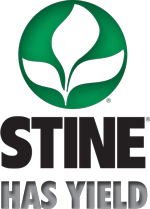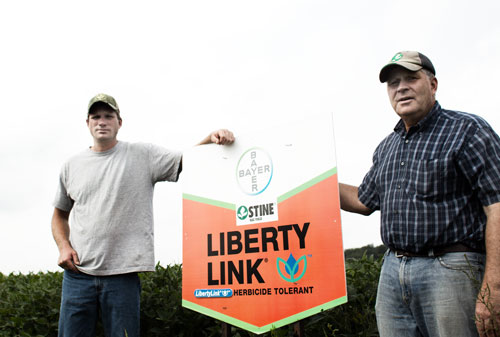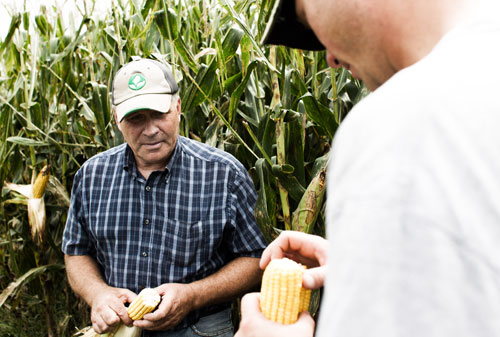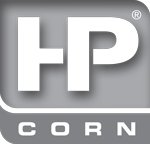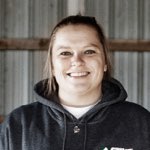Carson Iowa
As a fourth-generation farmer, Aaron Schnepel knows the ins and outs of his family operation near Carson, Iowa. Passed down from his great grandfather, Otto, and grandfather, Condon Schnepel, Aaron and his father, Mark, and Uncle Condon farm over 1,600 acres in the heart of the Corn Belt.
Over the years, they’ve tried their hand at the different varieties and hybrids on the market, but one product that has really stood out is LibertyLink® soybeans, which happens to be a big reason why Aaron feels strongly about doing business with Stine.
“We made the switch about three years ago to 100 percent LibertyLink Beans, and we've been really, really happy overall.”
Aaron Schnepel
The Schnepels also chose to convert their corn acres to the Stine HP Twin 20s system in 2015 — a change, Aaron notes, they’re pretty confident in.
“We’ve tried some of the HP varieties in 30-inch corn, and I pretty much came to the conclusion that you need to push the population on the HP varieties. In 30-inch rows, there’s only so much you can push the population before you start causing yourself problems, so we decided to hop on board with the Great Plains twin row planter, and as of the way things look right now, it was a smart decision.”
A smart decision indeed. The Schnepels enjoyed corn yields averaging between 200–220 bushels per acre in 2015.
Another benefit of Stine’s HP Twin 20s system that came as a surprise to Aaron — the row width made it easier for spraying.
“I like spraying the rows better than the 30-inch rows because at least where I run over the corn, there’s still a corn plant right beside it in the Twin 20s, whereas with the 30-inch rows, I just wiped out part of the rows, leaving a 60-inch gap. From that standpoint, I was really impressed. That was something I wasn’t expecting.”
The Schnepels are nearing eight years as Stine dealers, and from the results in the field and their relationship with Stine, it looks as though they may be sticking around a while.
“We choose Stine because of the different route they’re taking...There’s always the argument that corn is corn even if it’s in a different bag. To a certain extent, I’d say it has been that way in the past, but it appears we’re headed to a different time where it’s going to depend on what that company’s end goal is. Whether it’s HP breeding for shorter plants, or some companies are looking at bigger plants, you’re going to have to decide what you think works for you. And Stine’s worked really well for us, really well.”
